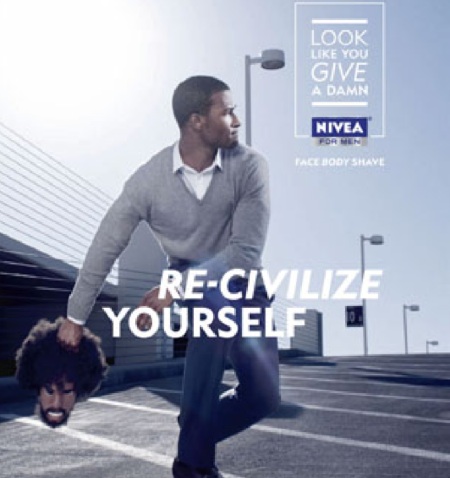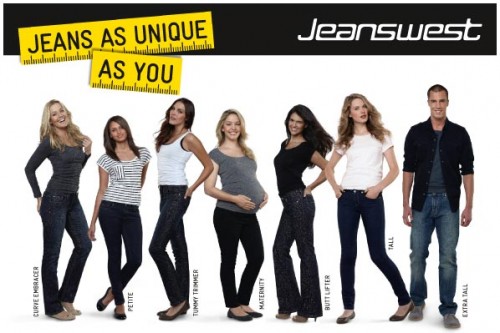 At his great blog, Work that Matters, Tom Megginson highlighted a pretty stunning commercial. In it, a woman in a dilapidated mansion looks disgustedly at a mildly repulsive carpet covering a giant room. She resigns herself to pulling it up, revealing a smooth hardwood floor beneath. And she hauls the mass of fibers to the street, only to return to a room newly covered again.
At his great blog, Work that Matters, Tom Megginson highlighted a pretty stunning commercial. In it, a woman in a dilapidated mansion looks disgustedly at a mildly repulsive carpet covering a giant room. She resigns herself to pulling it up, revealing a smooth hardwood floor beneath. And she hauls the mass of fibers to the street, only to return to a room newly covered again.
It’s a metaphor for the Sisyphean task of hair removal, of course. So what’s the solution? Well, it’s not rejecting the obviously unrealistic task of being female and hair-free. No. The solution is laser hair removal.
*I stole this fantastic title from Tom.
Lisa Wade, PhD is an Associate Professor at Tulane University. She is the author of American Hookup, a book about college sexual culture; a textbook about gender; and a forthcoming introductory text: Terrible Magnificent Sociology. You can follow her on Twitter and Instagram.














